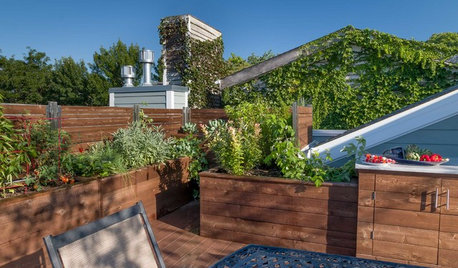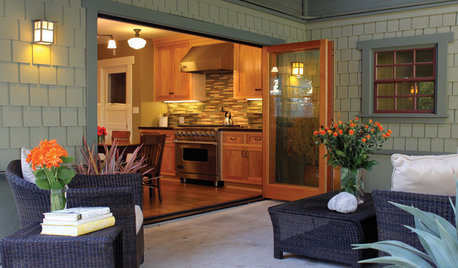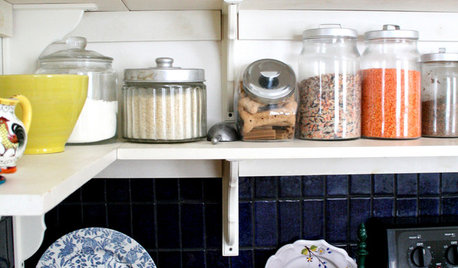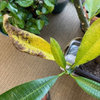Gritty Mix for plunged pots? Al, what do you think?
TruNorth7
11 years ago
Related Stories

ARCHITECTURECity View: New Orleans Style Mixes It Up
Always ready for a party and a parade, this Louisiana city also counts history, varied cultures and a resilient spirit among its influences
Full Story
KITCHEN DESIGNNew This Week: 2 Kitchens That Show How to Mix Materials
See how these kitchens combine textures, colors and materials into a harmonious whole
Full Story
DECORATING GUIDESRoom of the Day: A Fresh Mix in a Traditional Colonial
A designer combines rich colors and fabrics with lighter pieces in a living room that's the heart of a North Carolina home
Full Story
GARDENING GUIDES10 Tips for Beginning Gardeners
With a simple sketch, basic tools and the right plants, you’ll be on your way to growing your first flowers or edibles
Full Story
GARDENING AND LANDSCAPINGSpring Patio Fix-Ups: Earn Rave Reviews for Your Patio's Entrance
Consider innovative doors, charming gates or even just potted plants to cue a stylish entry point for your patio
Full Story
KITCHEN DESIGNDisplaying Kitchen Supplies — Hot or Not?
Do some kitchens just beg for a cozy row of canisters and gear for all to see? Have a look and let us know what you think
Full Story
ORANGEA Cheerful Palette to Fall For
Mix orange with periwinkle and lime for a surprisingly perfect autumn color combo
Full Story
GARDENING AND LANDSCAPINGHow to Make a Pond
You can make an outdoor fish paradise of your own, for less than you might think. But you'll need this expert design wisdom
Full Story
HOUSEKEEPINGTackle Big Messes Better With a Sparkling-Clean Dishwasher
You might think it’s self-cleaning, but your dishwasher needs regular upkeep to keep it working hard for you
Full Story
LIGHTINGWhat to Know About Switching to LED Lightbulbs
If you’ve been thinking about changing over to LEDs but aren't sure how to do it and which to buy, this story is for you
Full Story






mksmth zone 7a Tulsa Oklahoma
tapla (mid-Michigan, USDA z5b-6a)
Related Professionals
Milwaukee Landscape Architects & Landscape Designers · Frisco Landscape Contractors · Surprise Landscape Contractors · Duarte Landscape Contractors · East Haven Landscape Contractors · Framingham Landscape Contractors · Live Oak Landscape Contractors · Palos Verdes Estates Landscape Contractors · Ronkonkoma Landscape Contractors · Forest Hill Landscape Contractors · Baileys Crossroads Landscape Contractors · Bolingbrook Siding & Exteriors · Bountiful Siding & Exteriors · Bronx Siding & Exteriors · Brunswick Siding & ExteriorsTruNorth7Original Author
tapla (mid-Michigan, USDA z5b-6a)
Loveplants2 8b Virginia Beach, Virginia
xerophyte NYC
tapla (mid-Michigan, USDA z5b-6a)